WEEK 17 - SOMETHING TO SING ABOUT
It's finally here. The waves of new birds, some summer residents, some migrants on their way farther north, have started to hit the state in earnest. The prolonged period of easterly winds this past week has apparently kept the big waves from hitting us, and there were some disappointment from birders who lamented the "Dearth of Warblers", but the steady buildup of new birds is undeniable.
Before I get to that, though, I continued to follow the loons in Niantic Bay, and the one I photographed for my previous post continued to linger and was joined by another Common Loon in full breeding plumage fairly close to shore. Several birders have reported seeing Common Loons in full breeding plumage on ponds, lakes and along the shore in Connecticut this year and wondered if this is unusually late for them, which I have been wondering myself. I can't recall ever seeing loons that looked like these in the state in more than 20 years of birding. The first is the original one, still with a few patches of gray feathers around the eyes.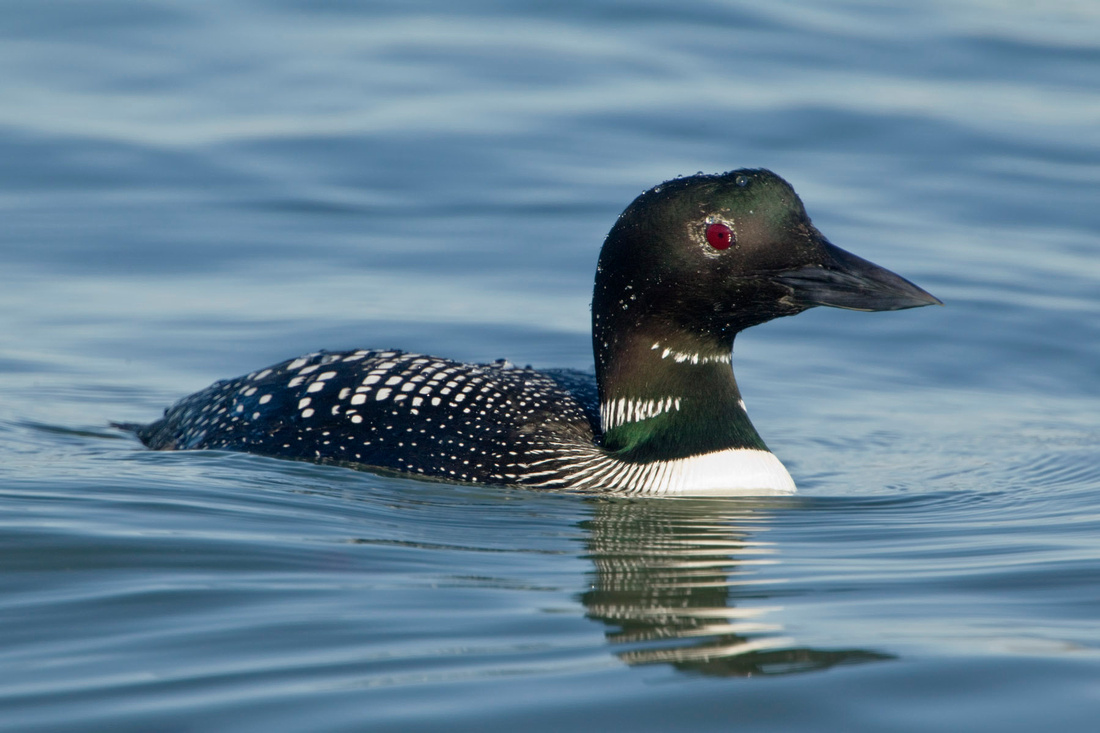

and then the very sharp looking newcomer.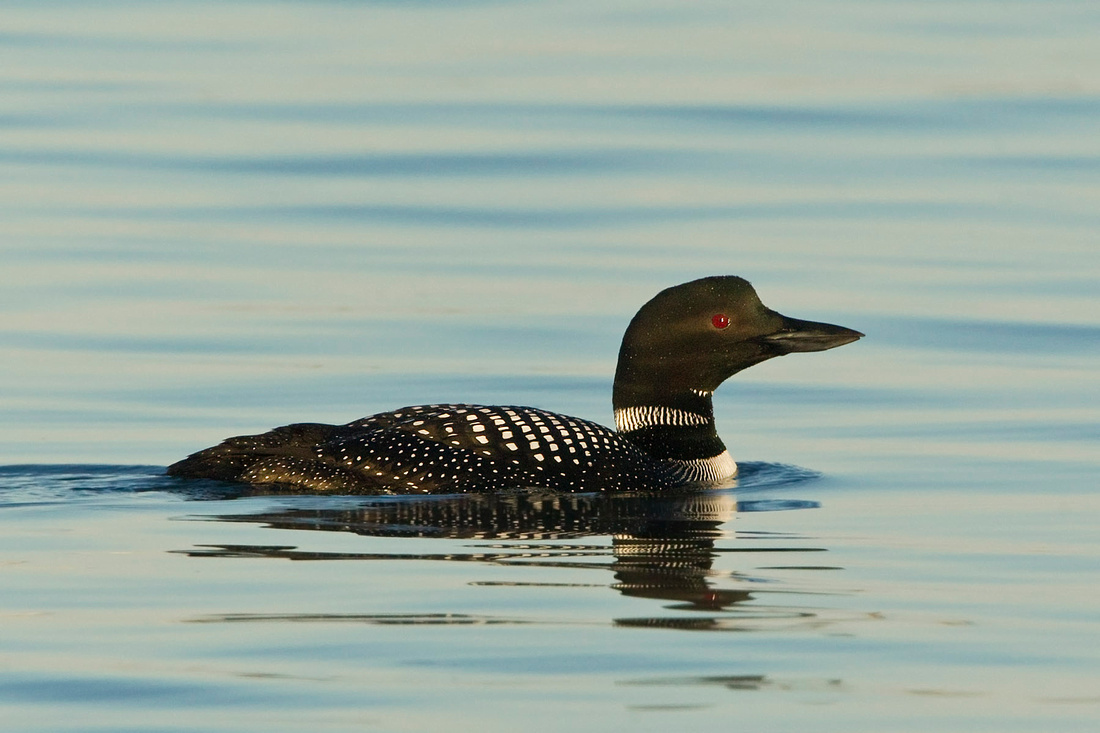

Back to the slowly rising chorus of songs filling the woods. I'm lucky to live in an area where there are quite a few great places to bird in the spring and that's where I usually concentrate my efforts for the month of May. Tracts of Nehantic State Forest in Lyme and East Lyme, Rocky Neck and Devil's Hopyard State Parks and numerous town parks and land trust preserves, especially in Lyme and Salem offer lots of different habitat to cover, and an amazing variety of birds and creatures that live there.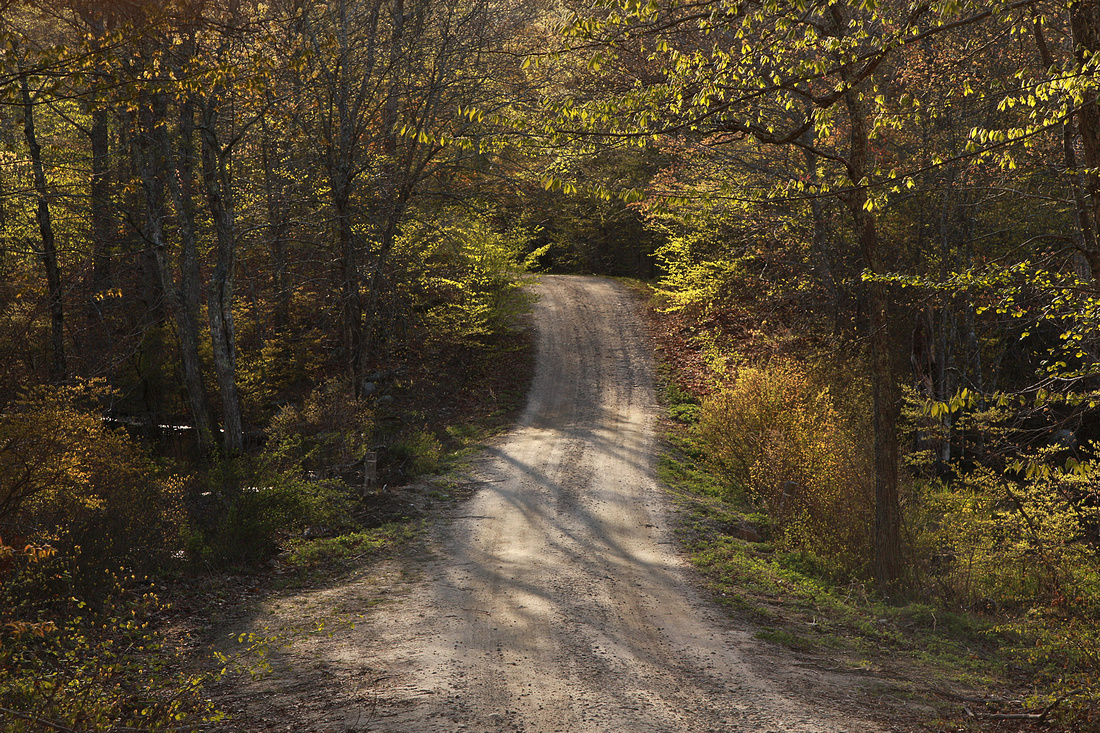

Nehantic State Forest - Lyme
Early arrivals like Blue-gray Gnatcatchers are already building their nests, and are easily spotted almost everywhere. I found two nests so far, thanks to the sparse leaf cover, although the nests are cleverly disguised with lichens that often blend seamlessly with the bark of the tree branches they are attached to. I watched the pair building the nest below, in Lyme, carefully camouflaging the outside with lichens. A couple days later it was nearly twice as high, with the bird barely visible inside.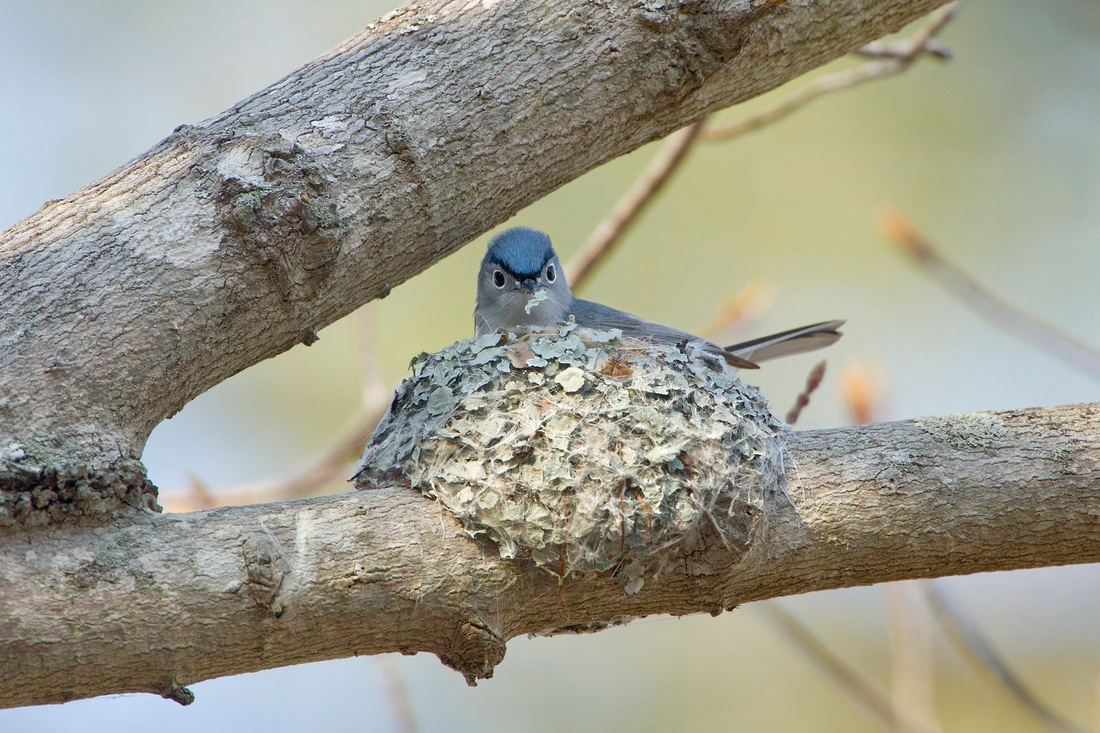

Another easily located bird is the Ovenbird, which sings loudly from the lower forest canopy. In almost every wooded area in Lyme, their piercing "teacher, teacher, teacher" song can be heard every few hundred feet. One of the largest and least colorful of the warblers, Ovenbirds nest on the ground and are fairly easy to see and photograph because they are often found in the lower branches and walking on the ground. 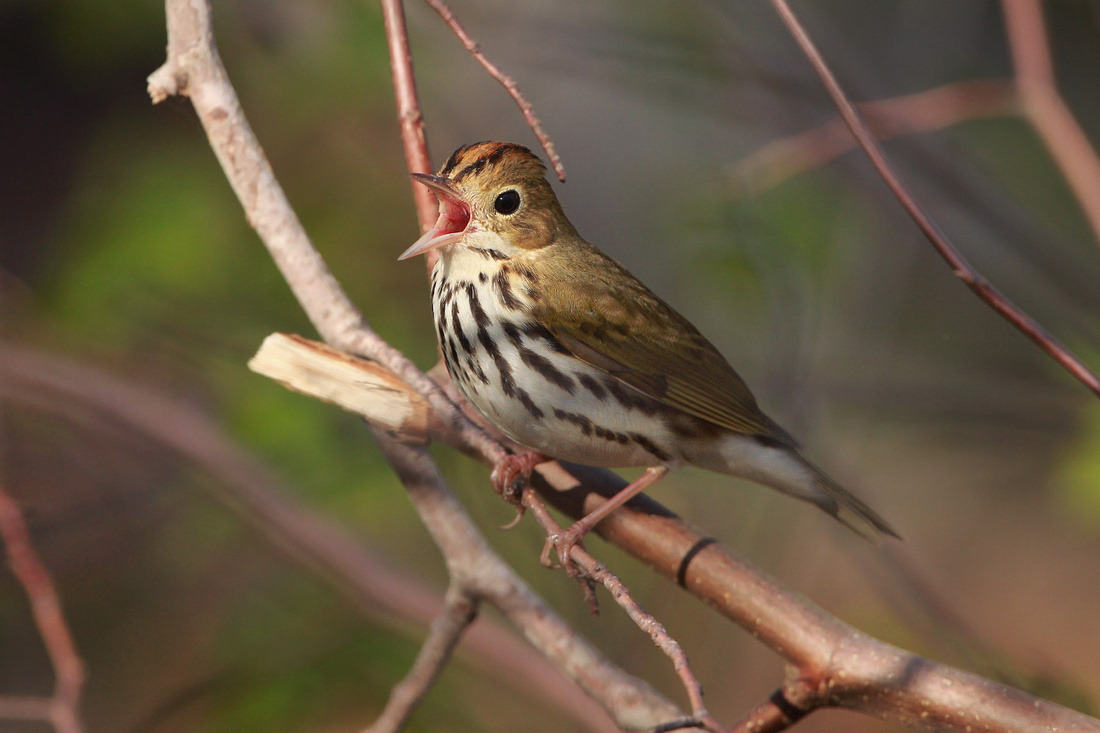

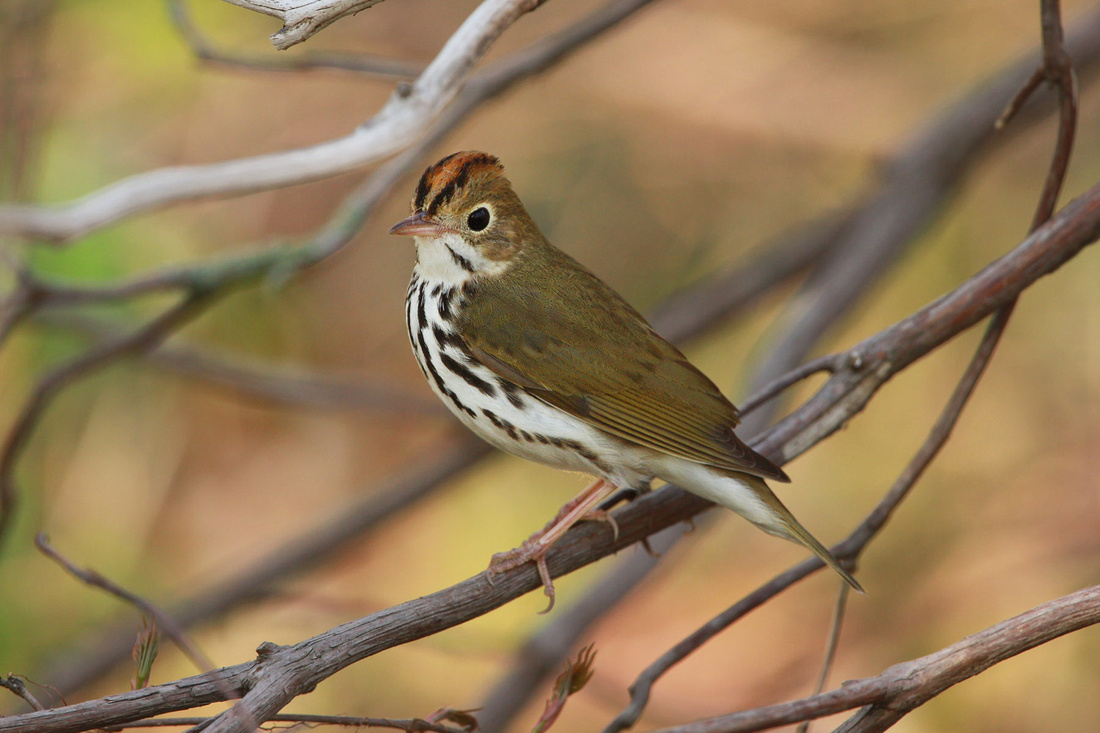

Another low, loud warbler easy to hear but tougher to spot, the Northern Waterthrush sings loudly from wet, swampy areas. They, too lack the bright colors of most warblers and their song has a ventriloquial quality that doesn't easily reveal their location as they walk slowly along the waters edge. The one below was also photographed in Nehantic State Forest.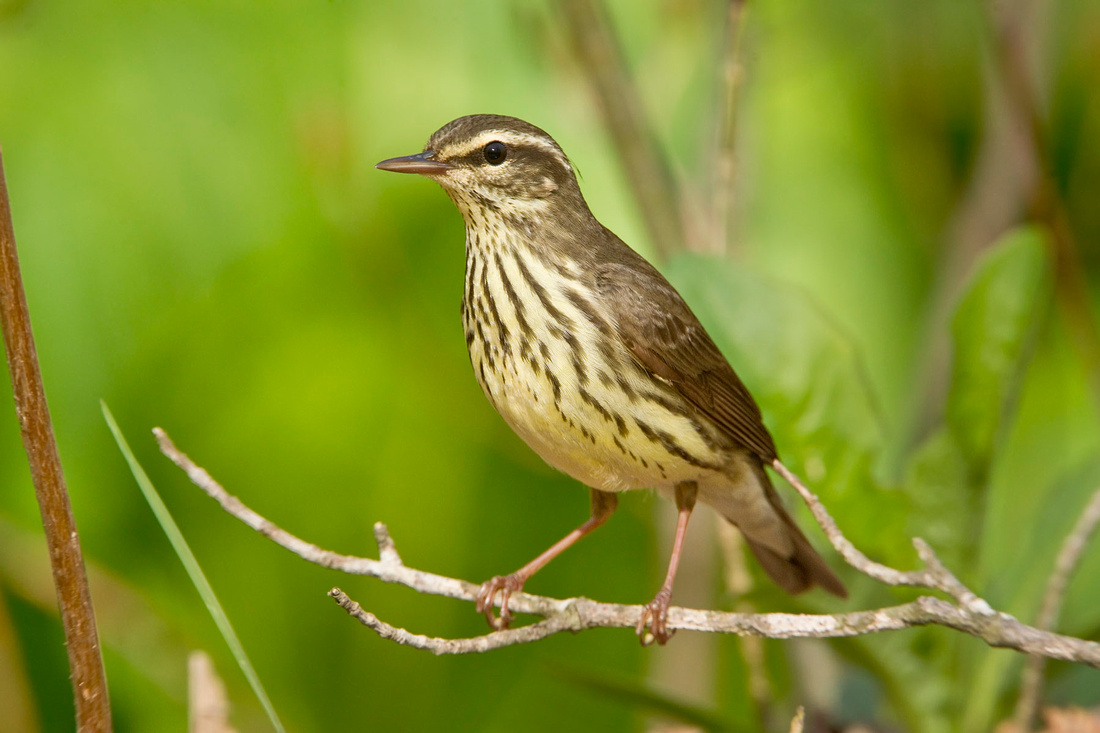

Another prolific singer, usually found near woodland streams is the Winter Wren. A tiny bird with a very long, complex and musical song, they are easy to pick out when singing but are usually found close to their specific habitat, and are not that readily found.

I usually see, or more often hear them when hiking in Devil's Hopyard, and located a territorial pair on a hillside in there, although in a different spot than I have ever seen them before.

Some others from the past week include Worm-eating Warbler.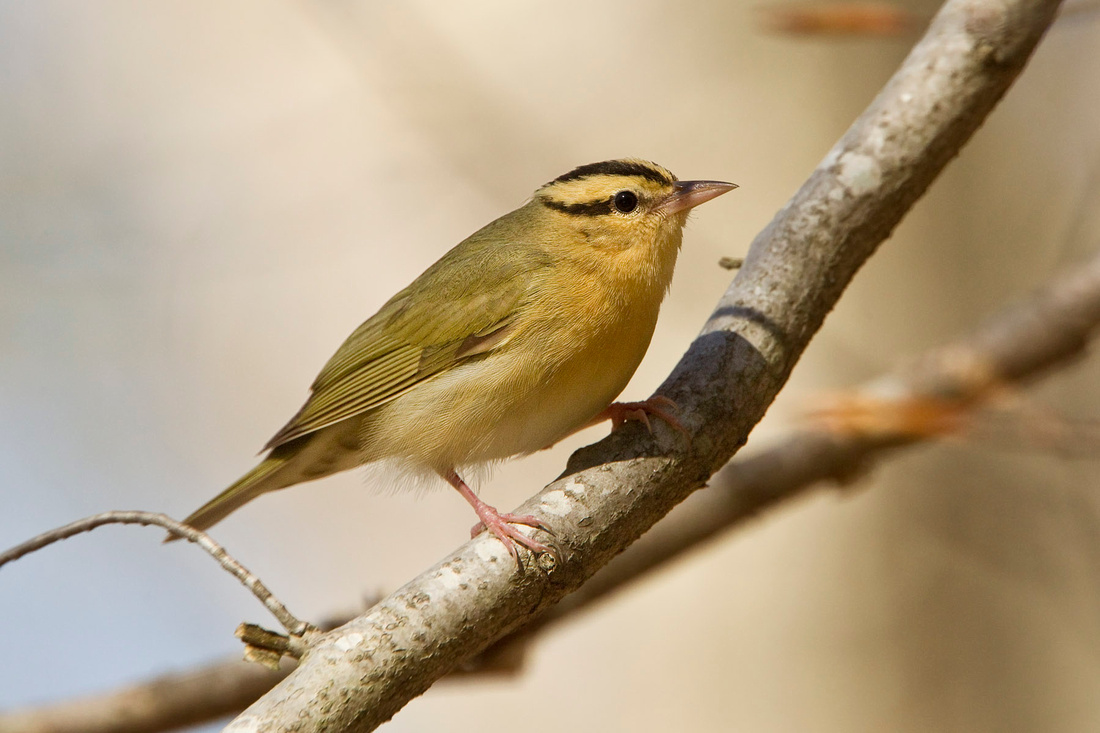
 American Redstart - male,
American Redstart - male,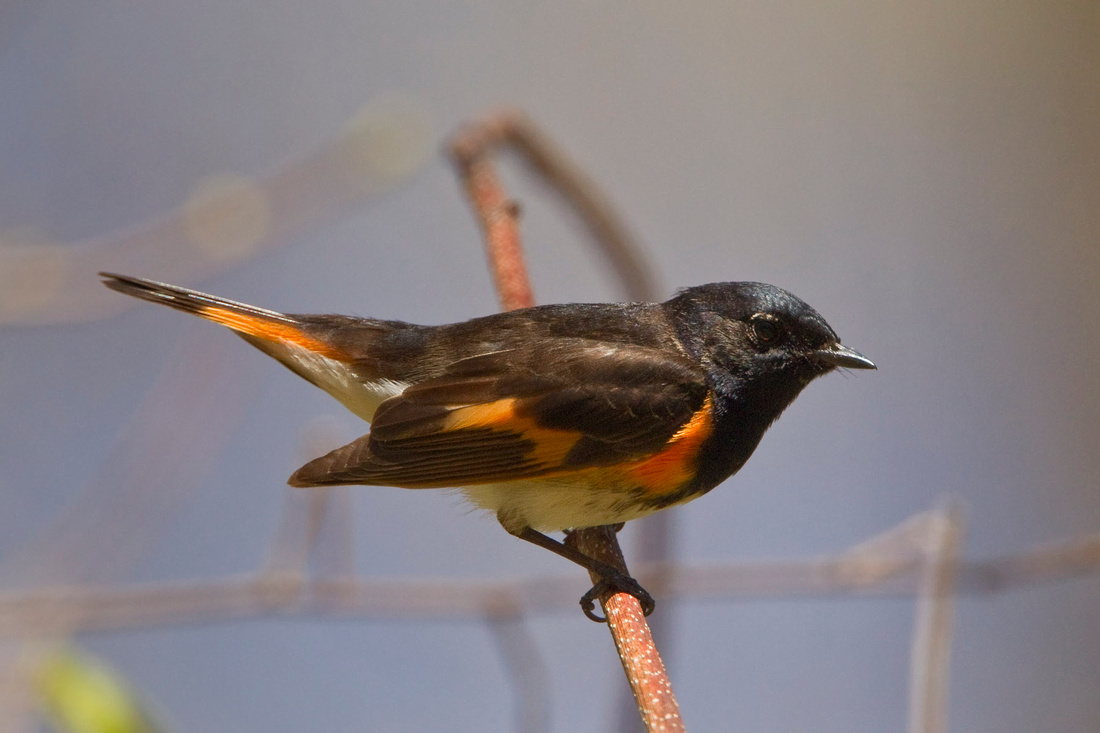

Blue-winged Warbler,
 Wood Thrush,
Wood Thrush,
 and higher up in the trees, a Black-throated Green Warbler,
and higher up in the trees, a Black-throated Green Warbler,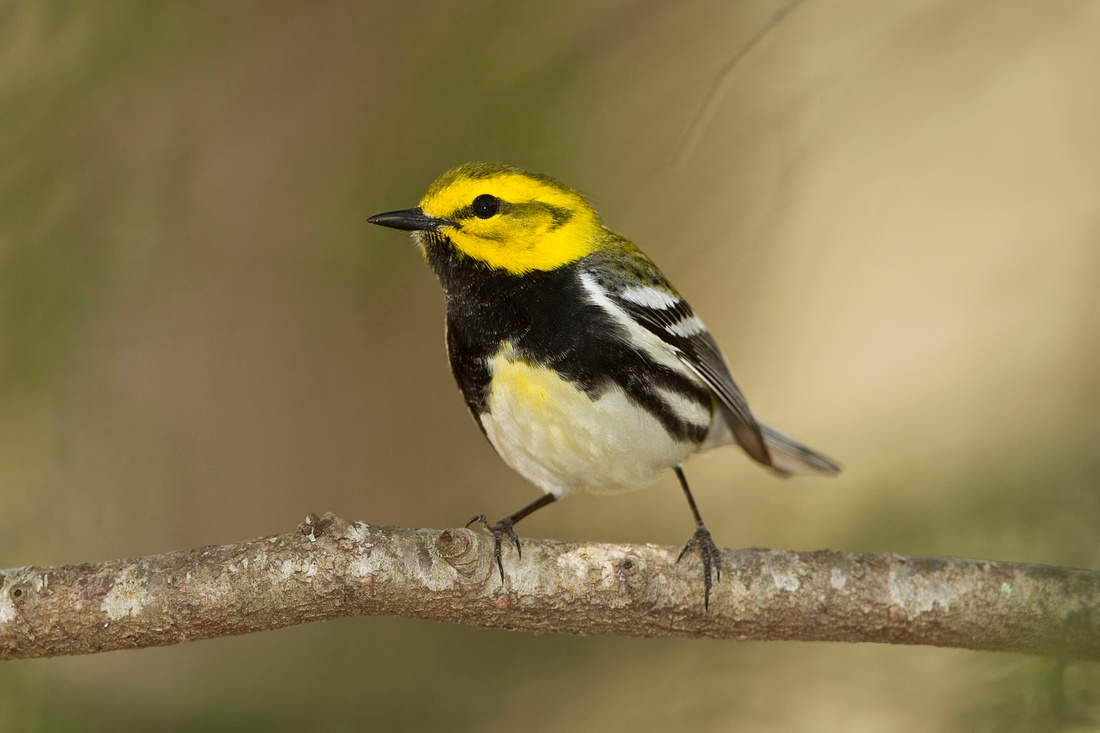
 Cerulean Warbler,
Cerulean Warbler,
 Yellow-throated Vireo,
Yellow-throated Vireo,
 and Broad-winged Hawk.
and Broad-winged Hawk.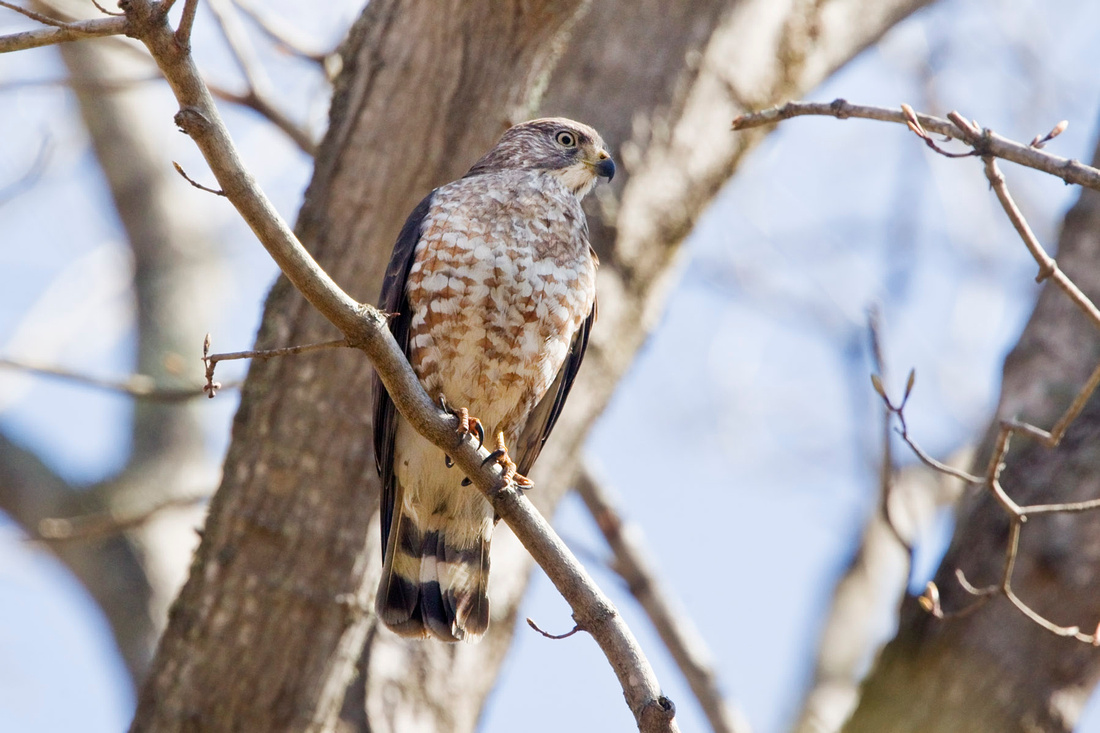
 Not all the activity was in the woods, though. I came a cross a bunch of amazingly tame Barn Swallows that were building nests under a bridge. I slowly walked up to them and photographed them perched on the railings,
Not all the activity was in the woods, though. I came a cross a bunch of amazingly tame Barn Swallows that were building nests under a bridge. I slowly walked up to them and photographed them perched on the railings,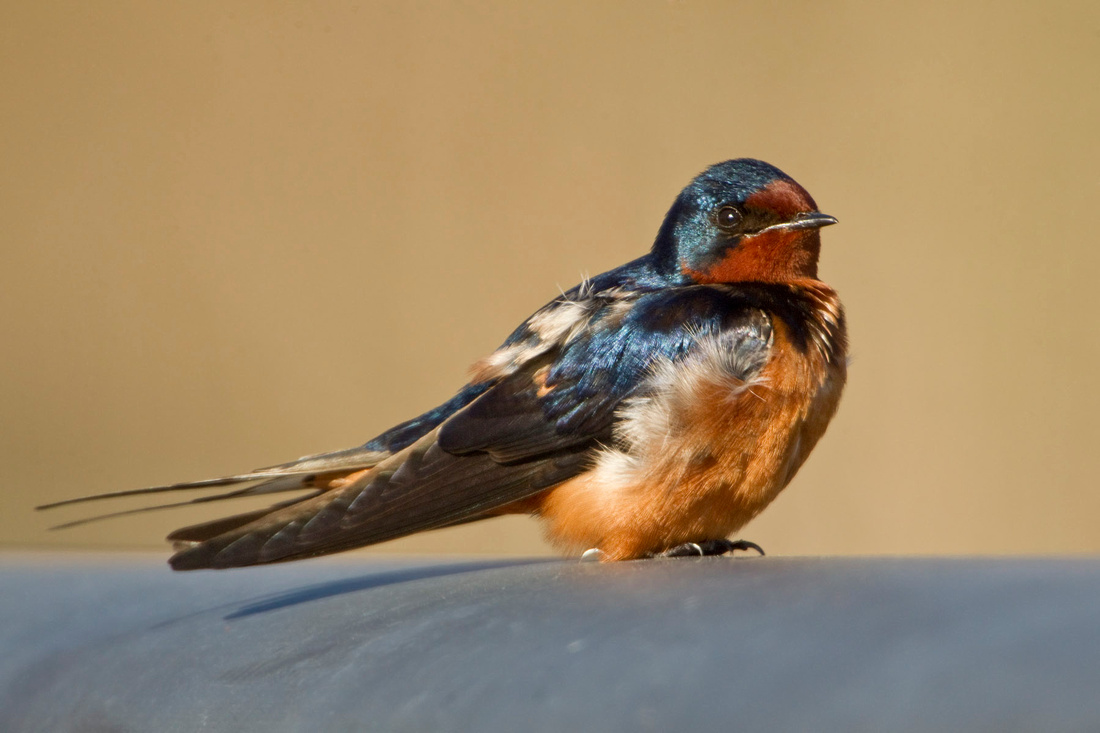
 collecting mud and twigs for their nests,
collecting mud and twigs for their nests,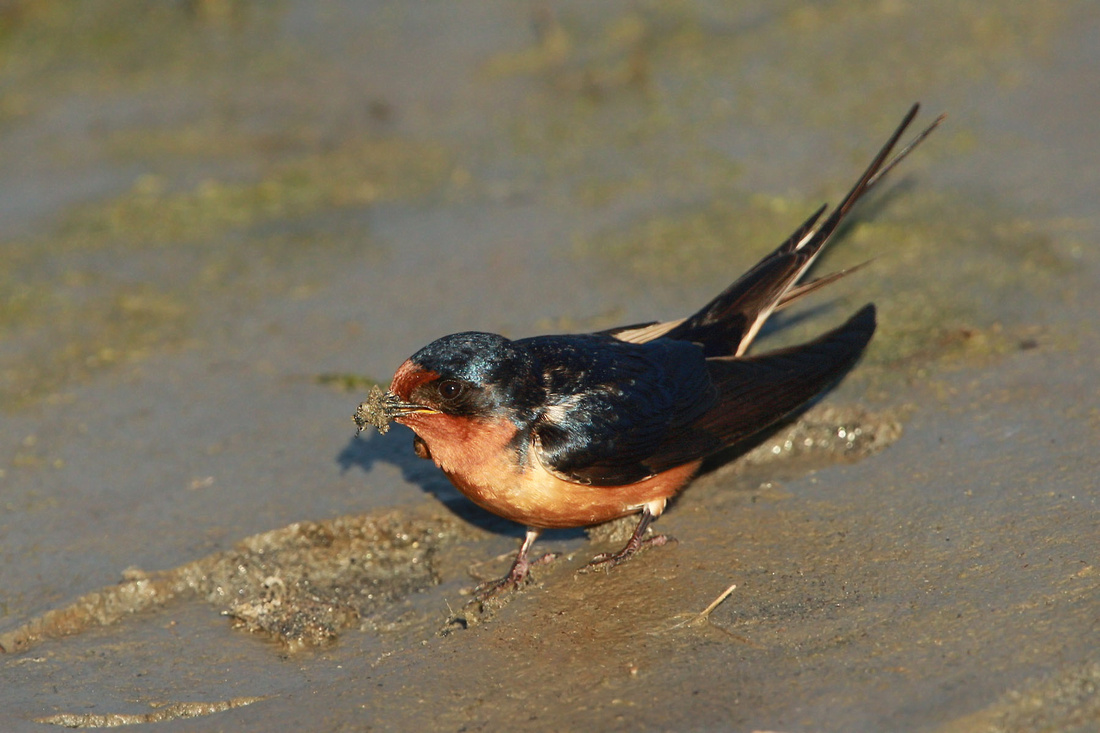

and taking the material to their nests below the bridge,

I tried in vain to get shots of them flying around, at times just a few feet from me, to my immense frustration. My annoyance was overcome when, on a few occasions, one would land fearlessly right next to me. Now that's something to sing about.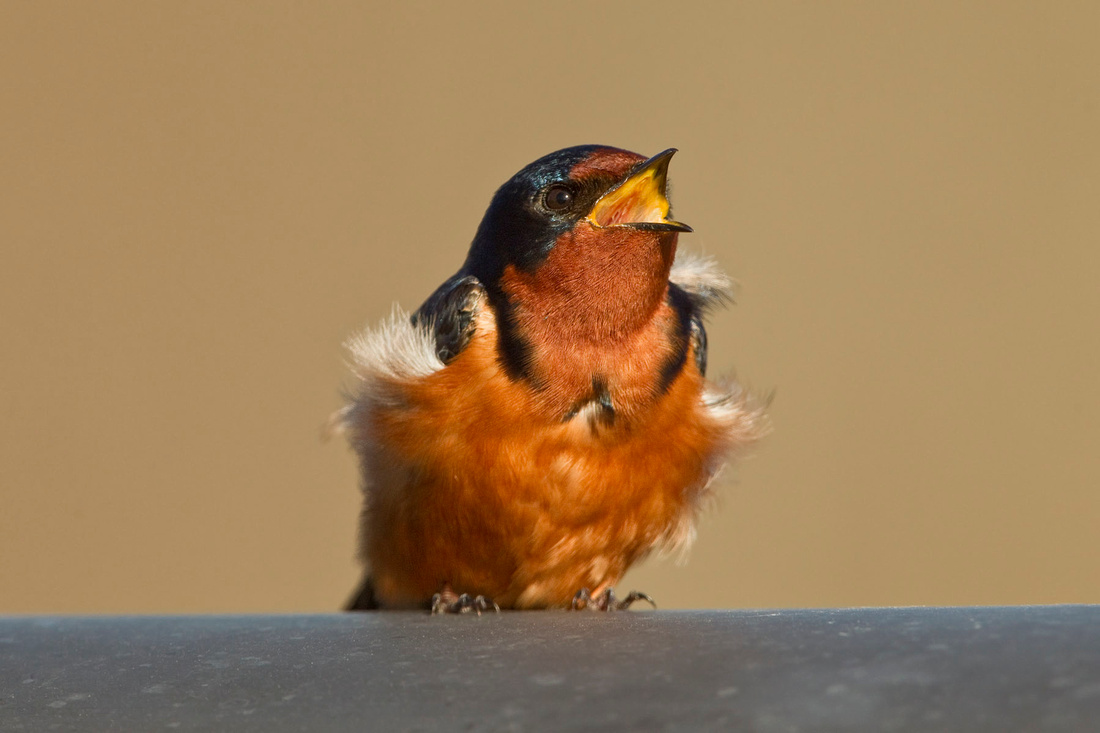

Current total - 172 Connecticut Species.